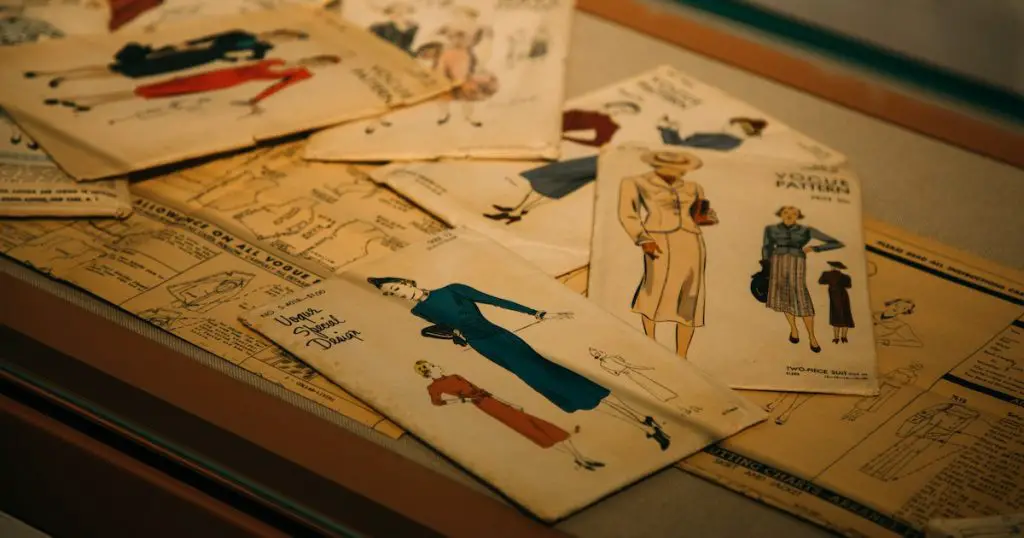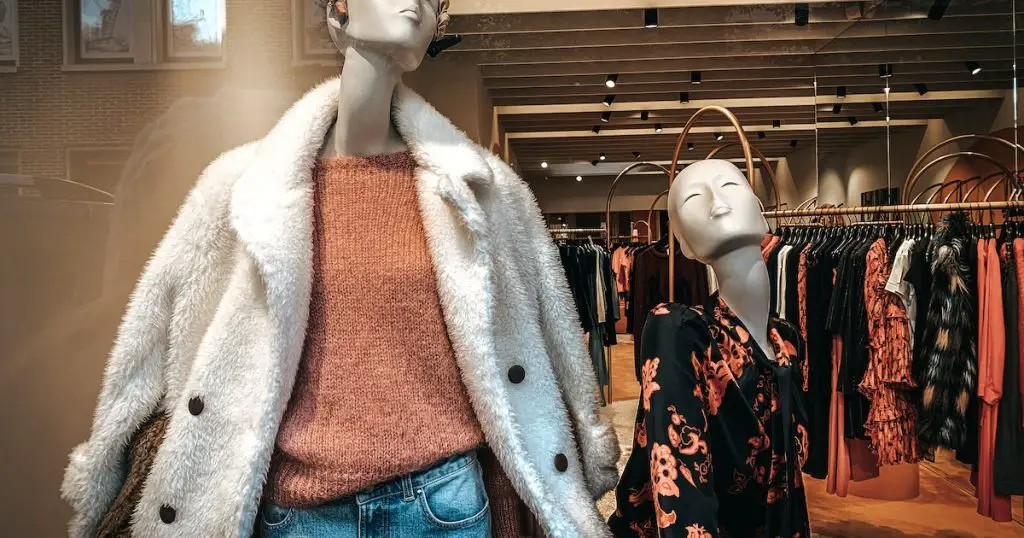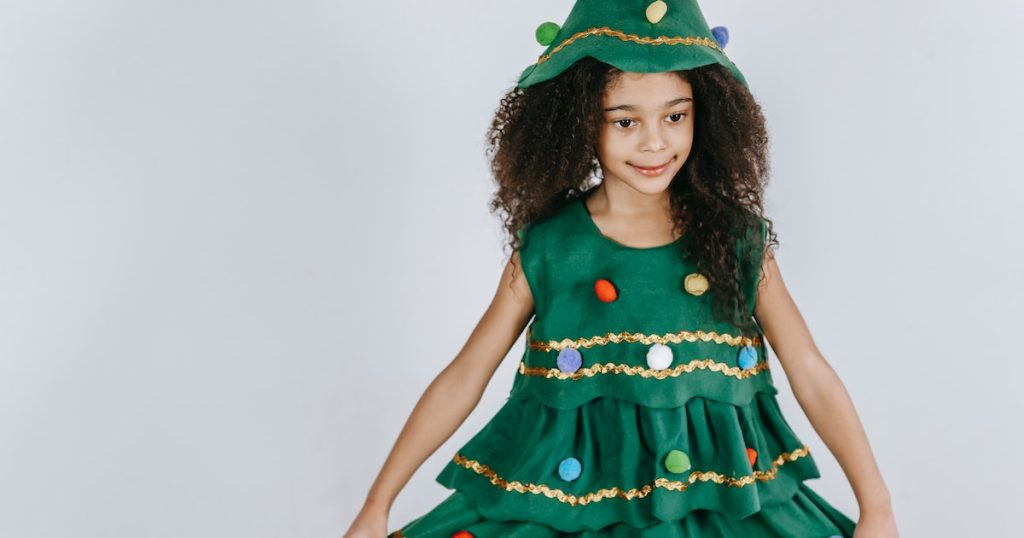Prescott, Arizona, is known for its charming atmosphere, historic landmarks, and of course, its varying climate. Located at an elevation of 5,400 feet, the city offers a unique blend of weather conditions throughout the year.

Whether it’s the crisp air of spring or the snowy blanket that covers the town in winter, knowing how to dress for Prescott’s climate in different seasons is crucial for both residents and visitors alike. This comprehensive guide aims to help you navigate through the seasonal wardrobe choices, ensuring you are comfortable, stylish, and well-prepared for whatever Mother Nature has in store.
Understanding the Four Seasons in Prescott
Prescott is unique in that it experiences all four seasons, unlike some other parts of Arizona. Each season has its own character: Spring brings mild temperatures and blooming flowers, making it a season of renewal. Summer can get warm but is typically more temperate compared to other Arizona cities, ideal for outdoor activities.
Fall graces the area with vibrant foliage and cooler air, signaling the transition into the winter season, which, while mild compared to northern states, can still bring snow and chilly temperatures. Understanding these seasonal nuances is crucial for dressing appropriately and making the most of what each season has to offer in Prescott.
Spring: Overview of Temperature and Climate
Spring in Prescott is usually mild but can be unpredictable. Daytime temperatures can be comfortably warm, but don’t be surprised if the nights still feel chilly. Therefore, your spring wardrobe should be versatile, accommodating both ends of the spectrum.
Opt for light layering, maybe a t-shirt with a light jacket or a sweater that you can easily take off. This approach not only provides flexibility but also allows you to be ready for sudden temperature drops or spikes.
Summer: What to Expect
The word “summer” often brings to mind the scorching heat for most of Arizona. However, summers in Prescott are relatively more temperate, with daytime highs usually ranging from the 80s to low 90s Fahrenheit. Yet, the nights can cool down considerably.
Given this, breathable fabrics like cotton and linen are your best friends. Choose clothing that’s not too tight, allowing your skin to breathe. While a tank top and shorts are excellent for the daytime, carrying a light jacket for the evening is advisable.
Fall: Weather Characteristics
Fall in Prescott is a photographer’s dream, marked by colorful foliage and golden sunsets. While early fall can still feel like an extension of summer, the temperature gradually starts to decrease as winter approaches.

This season, consider medium-weight fabrics like cotton blends or lighter woolens. Items like long-sleeved shirts, light sweaters, and comfortable pants are versatile choices that will keep you cozy without making you overheat.
Winter: Typical Conditions
Winters can be cold, especially during December and January when the city often sees snowfall. Unlike the milder winter conditions in other parts of Arizona, Prescott requires a more winter-ready wardrobe.
Invest in a good quality winter coat or jacket, preferably something that’s water-resistant. Thermal wear can be incredibly helpful for layering and don’t forget a pair of insulated boots for those snowy days.
General Principles for Dressing in Prescott
When it comes to dressing for Prescott’s varied climate, a few general principles can make all the difference. Emphasizing layering, choosing the right fabrics, and being mindful of the specific needs of each season are key factors.
Since the climate here can be unpredictable, having versatile pieces that can be easily added or removed will help you adapt to sudden temperature changes or varying activities. Whether you’re out exploring the scenic beauty or attending a local event, keeping these general guidelines in mind will ensure you’re well-prepared and comfortable, no matter what the Prescott climate throws your way.
Understanding Fabric Types
The type of fabric you choose plays a crucial role in how comfortable you feel, regardless of the season. Cotton, linen, and other breathable fabrics are excellent for warm weather. On the other hand, wool, fleece, and synthetic blends like polyester are more suitable for cold weather.
For transitional seasons like spring and fall, you might want to opt for versatile fabrics that provide comfort without making you too hot or cold. Cotton blends and lighter woolens can be great options. REI has a useful guide to help you understand which fabrics are best for different weather conditions.
The Art of Layering
Layering is not just a fashion statement; it’s a practical approach to dealing with fluctuating temperatures. Start with a basic layer, like a cotton t-shirt, followed by an insulating layer like a sweater or hoodie, and finally, a protective outer layer such as a jacket or coat.
You can remove or add layers as the temperature changes, giving you control over your comfort level. The layering guide by Backcountry explains how to master this art effectively.
Accessories: More Than Just Fashion Statements
Believe it or not, the right accessories can make a significant difference in how well you adapt to the weather. In summer, consider wearing hats and sunglasses to protect yourself from the sun. The American Cancer Society suggests that a wide-brimmed hat and UV-blocking sunglasses are crucial for sun protection.
In winter, scarves, gloves, and thermal socks are not just fashion statements but essentials that can keep you warm and comfortable. For transitional seasons, versatile accessories like lightweight scarves or beanie hats can be both practical and stylish.
Season-Specific Guidelines
In Prescott, each season has its own set of rules when it comes to dressing appropriately. While the town offers a more temperate climate than other parts of Arizona, it still experiences a range of weather conditions from chilly winters to warm summers.
Whether it’s choosing breathable fabrics for the summer months or investing in quality winter gear, being aware of what each season in Prescott typically entails can go a long way in ensuring you’re always dressed for the occasion. Understanding the specific needs of each season will not only keep you comfortable but also save you from any weather-related discomfort or mishaps.
Spring
- Upper wear options: Opt for lighter fabrics like cotton or blends. T-shirts, polo shirts, and long-sleeved tops can all work well.
- Lower wear options: Jeans and chinos are good choices. If it’s particularly warm, you might opt for shorts.
- Footwear choices: Closed-toe shoes or sneakers are versatile options. However, keep a pair of boots ready for those occasional rainy days.
- Essential accessories: A light scarf can be useful for cooler evenings, and a durable umbrella is a must-have for unexpected showers.

Summer
- Upper wear options: Tank tops, short-sleeved shirts, and loose-fitting blouses are ideal. Choose breathable fabrics to keep cool.
- Lower wear options: Shorts or skirts are usually the best bet. If you prefer pants, go for breathable materials.
- Footwear choices: Sandals or flip-flops can keep your feet cool, but closed-toe shoes may be preferable for evening outings.
- Essential accessories: Sun hats and sunglasses are crucial for protecting against UV rays. Don’t forget sunscreen, which is another must-have.
Fall
- Upper wear options: A mix of short and long-sleeved shirts will serve you well. Light sweaters are also a good choice.
- Lower wear options: Start transitioning into heavier pants like corduroys or thicker jeans.
- Footwear choices: Boots start to become a more practical choice as the weather cools.
- Essential accessories: Keep a light pair of gloves and a scarf handy, especially for the latter part of the season.
Winter
- Upper wear options: Heavier coats and jackets are essential. Underneath, consider thermal layers for extra warmth.
- Lower wear options: Thermal-lined pants or jeans are advisable. Some people also prefer wearing thermal leggings underneath.
- Footwear choices: Insulated, water-resistant boots are a must. Make sure they have a good grip for snowy conditions.
- Essential accessories: Gloves, scarves, and thermal socks are non-negotiable. A good quality hat can also help maintain body heat.
Special Considerations
When dressing for Prescott’s climate, always consider any special circumstances that might affect your clothing choices. Whether you have specific skin sensitivities that require breathable fabrics, or mobility issues that necessitate comfortable and functional footwear, always tailor your wardrobe to meet these special needs.
Health conditions like Raynaud’s Disease, which affects blood circulation, may also require you to take extra precautions during colder seasons. Being mindful of these factors ensures not just comfort, but also well-being, as you navigate through the varying climates of Prescott.
Outdoor Activities
- Hiking outfits: Opt for moisture-wicking fabrics and comfortable layers that allow for freedom of movement. A sturdy pair of hiking boots is essential.
- Biking attire: Consider padded cycling shorts for comfort and a lightweight, breathable top. Helmets are non-negotiable, and gloves can add extra grip and comfort.
- Skiing and snowboarding gear: Water-resistant outer layers are essential. Look for insulated jackets and pants specifically designed for winter sports. Goggles and appropriate footwear are also important. Websites like Snow Magazine can provide more detailed advice on what to wear for winter sports activities.
Events and Occasions
- Dressing for festivals: Check the weather forecast and dress accordingly, but always aim for comfort especially if you’ll be on your feet all day. Don’t forget a portable rain poncho just in case.
- Business attire considerations: Even in a business setting, consider the weather. A lightweight suit can work wonders in the summer, while a heavier wool suit is better for winter.
- Casual and formal gatherings: Whether you’re going to a barbecue or a winter wedding, the season will influence your outfit choice. Always check for dress codes and plan accordingly.
Shopping Tips
Whether you’re new to Prescott or just updating your wardrobe, knowing where to shop can make all the difference.
- Local stores specializing in seasonal wear: These offer the advantage of staff who understand the local climate and can provide personalized advice.
- Online options for convenience: Websites like Zappos or Amazon offer a wide variety of options and often have customer reviews which can be helpful.
- Budget-friendly choices: Don’t overlook thrift stores or sales. Sometimes the best gems are found at a bargain. Websites like RetailMeNot often have coupons for clothing stores.
Quick Reference: Dressing for Prescott’s Climate

- For spring: Light layers, an umbrella, and transitional footwear.
- For summer: Breathable fabrics, sun hats, and sandals.
- For fall: Medium-weight clothing, boots, and a light scarf.
- For winter: Insulated outerwear, thermal layers, and water-resistant boots.
Frequently Asked Questions:
In this section, we will be delving into some of the most common inquiries and curiosities that surround our topic.
What are the must-have items for each season in Prescott?
Spring: Light jacket and umbrella
Summer: Sun hat and sunglasses
Fall: Comfortable boots and light scarf
Winter: Insulated jacket and water-resistant boots
Is layering effective for all seasons?
Yes, layering can be adapted for all seasons, it just involves different types of layers.
Are there any fabrics to absolutely avoid?
It’s best to avoid wearing too much polyester in hot conditions as it can be less breathable.
What kind of footwear is best suited for Prescott’s climate?
Spring and Fall: Closed-toe shoes or boots
Summer: Sandals or breathable closed-toe shoes
Winter: Insulated, water-resistant boots
Summary: How to dress for Prescott’s climate in different seasons
Dressing for Prescott’s varied climate can be a bit of a challenge due to its unique seasonal changes. However, understanding the basic principles like fabric types, the art of layering, and the importance of accessories can go a long way.
Always remember to adapt your clothing choices to your activities, whether you’re hiking in the great outdoors or attending a formal event. No matter what the weather or the occasion, a little preparation can ensure you’re comfortable and stylish all year round.



Leave a Comment
You must be logged in to post a comment.